I'm a newbie to scheme. I'm just confused about the difference of the following two list.
(define a '(1 2))
(define a '(1 . 2))
I think a equal to b, but
(equal? a b)
return #f to me. Any help will be greatly appreciated.
The two aren't the same. The first is a normal list. In dotted notation it would look like this:
(1 . (2 . nil))
A normal list stores data in the car of a cons cell, and the cdr is only used to store a pointer to the next cons cell in the list, or Nil for the last cell in the list.
Your definition of a uses only one cons cell, with 1 in the car and 2 in the cdr.
If you drew them out graphically, they'd look like this:

The "dot" notation is used in Scheme and LISP to describe "improper lists", those that don't follow the standard list data definition. This question:
Functional Programming: what is an "improper list"?
... probably answers most of your questions. Let me know if there's anything this post doesn't answer.
Good luck!
They don't return equal because they are not the same data type. the first one with: (define a '(1 . 2)) is what is known as a pair. A list is a pair but not all pairs are lists. Lists are pairs that have a car and their cdr is a list. When you get the dot notation it means that the car of that pair is 1 and the cdr is 2. Since they aren't the same data type, they can't be equal.